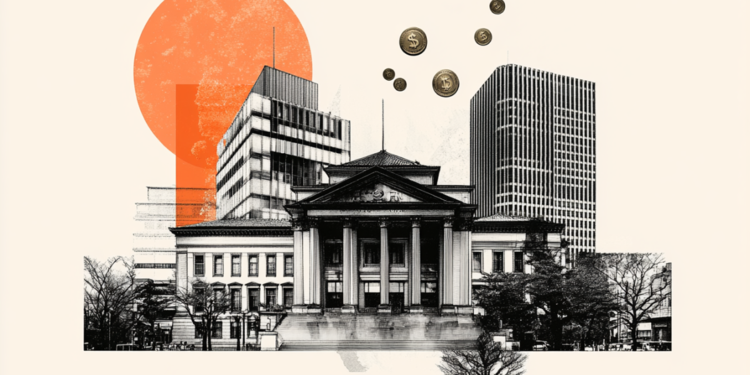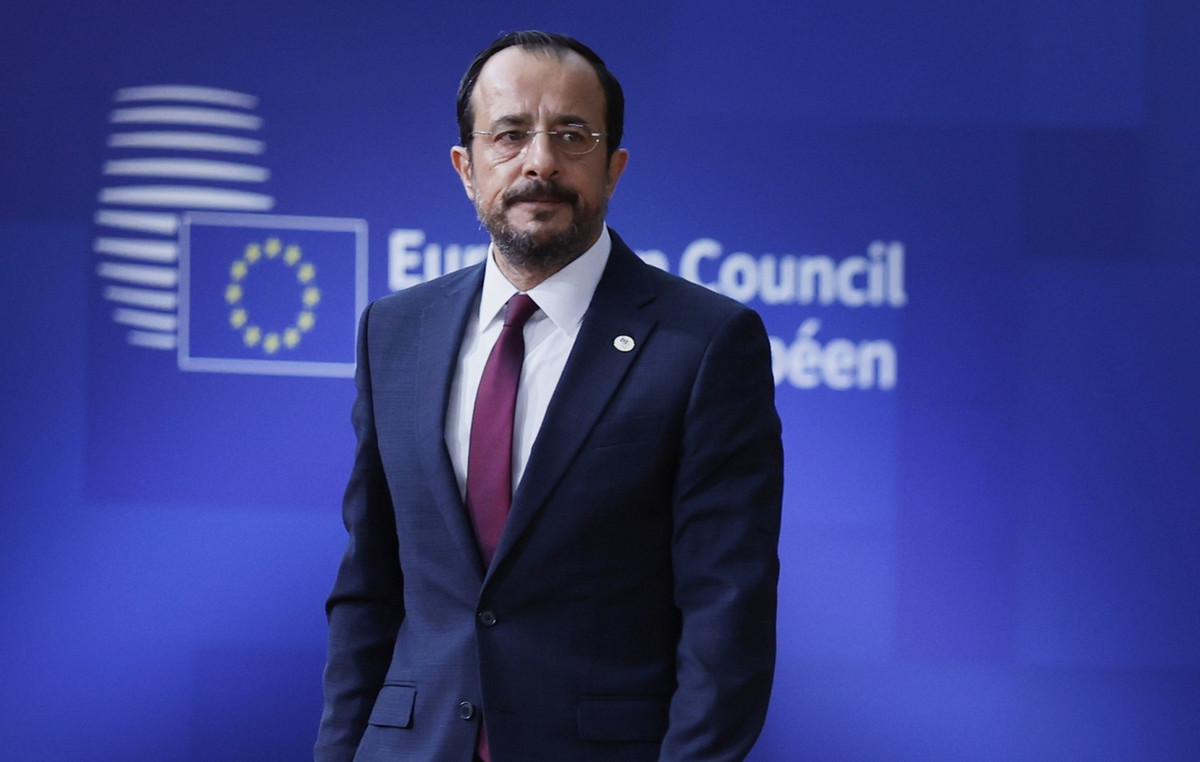- The DXY falls towards minimums of the session while the operators prepare for the Trump-Poutin meeting.
- US retail sales disappoint, reinforcing concerns about economic impulse.
- The decision of the Federal Reserve is coming with the markets positioning cautiously.
- Technical indicators suggest a possible stabilization after strong losses.
The US dollar remains under pressure at the beginning of the week, falling as investors digest weakest retail sales data and prepare for key political developments. On Tuesday, President Donald Trump will meet to discuss Ukraine with Russian President Vladimir Putin. Meanwhile, bond yields are without direction while operators expect the Federal Reserve Policy (FED) update on Wednesday, a crucial event that will shape the feeling of the market in the future.
What moves the market today: geopolitical tensions and economic uncertainty before the Fed meeting
- President Trump confirmed that he will meet with Putin on Tuesday, emphasizing that discussions will focus on territorial agreements and resource assignments in Ukraine. The American leader suggested that a resolution is possible, although uncertainties persist.
- The US retail sales figures for February were weaker than the forecast, exacerbating concerns about consumer spending trends.
- Monthly retail sales increased only 0.2%, being below the projected increase of 0.7%, after a downward review of January to -1.2%from -0.9%.
- Annualized sales growth slowed to 3.1%, from a revised 3.9%(previously 4.2%), pointing out a cooling in consumer demand.
- The CME Fedwatch tool indicates an overwhelming consensus that the Fed will maintain the current levels of interest rates at Wednesday’s meeting. However, the expectations of a possible rate cut in May have increased, reaching almost 30%.
- The US treasure yields exhibit mixed performance before the Fed decision while operators evaluate the balance between economic indicators in deceleration and inflationary risks.
Technical perspective: Stabilization in sight?
The American dollar index (DXY) struggles to maintain its position below 104.00, but with impulse indicators such as the relative force index (RSI) and the mobile convergence/divergence (MACD) average pointing out overall conditions, a temporary relief bounce could materialize. The key resistance is 104.50, while immediate support is about 103.50. Despite some signs of stabilization, the general feeling is still fragile in the midst of persistent geopolitical and economic uncertainty.
Fed Faqs
The monetary policy of the United States is directed by the Federal Reserve (FED). The Fed has two mandates: to achieve prices stability and promote full employment. Its main tool to achieve these objectives is to adjust interest rates. When prices rise too quickly and inflation exceeds the objective of 2% set by the Federal Reserve, it rises interest rates, increasing the costs of loans throughout the economy. This translates into a strengthening of the US dollar (USD), since it makes the United States a more attractive place for international investors to place their money. When inflation falls below 2% or the unemployment rate is too high, the Federal Reserve can lower interest rates to foster indebtedness, which weighs on the green ticket.
The Federal Reserve (FED) celebrates eight meetings per year, in which the Federal Open Market Committee (FOMC) evaluates the economic situation and makes monetary policy decisions. The FOMC is made up of twelve officials of the Federal Reserve: the seven members of the Council of Governors, the president of the Bank of the Federal Reserve of New York and four of the eleven presidents of the regional banks of the Reserve, who exercise their positions for a year in a rotary form.
In extreme situations, the Federal Reserve can resort to a policy called Quantitative Easing (QE). The QE is the process by which the Fed substantially increases the flow of credit in a stuck financial system. It is a non -standard policy measure used during crises or when inflation is extremely low. It was the weapon chosen by the Fed during the great financial crisis of 2008. It is that the Fed prints more dollars and uses them to buy high quality bonds of financial institutions. The one usually weakens the US dollar.
The quantitative hardening (QT) is the inverse process to the QE, for which the Federal Reserve stops buying bonds from financial institutions and does not reinvote the capital of the bonds that it has in portfolio that they expire, to buy new bonds. It is usually positive for the value of the US dollar.
Source: Fx Street
I am Joshua Winder, a senior-level journalist and editor at World Stock Market. I specialize in covering news related to the stock market and economic trends. With more than 8 years of experience in this field, I have become an expert in financial reporting.







